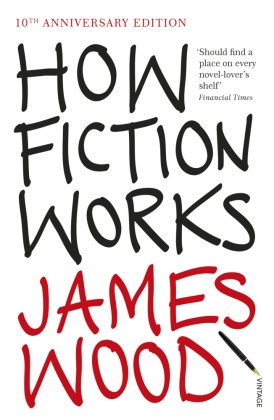
| Verlag | Vintage, London |
| Auflage | 2019 |
| Seiten | 240 |
| Format | 13,8 x 20,2 x 1,4 cm |
| Gewicht | 150 g |
| Artikeltyp | Englisches Buch |
| ISBN-10 | 1845950933 |
| EAN | 9781845950934 |
| Bestell-Nr | 84595093UA |
A deep, practical anatomy of the novel from \'the strongest ... literary critic we have\' (New York Review of Books)
Klappentext:
Par. Rediscover this deep, practical anatomy of the novel from \'the strongest ... literary critic we have\' (New York Review of Books) in this new revised 10th anniversary edition.
What do we mean when we say we \'know\' a fictional character?
What constitutes a \'telling\' detail?
When is a metaphor successful?
Is realism realistic?
Why do most endings of novels disappoint?
In the tradition of E. M. Forster\'s Aspects of the Novel and Milan Kundera\'s The Art of the Novel, How Fiction Works is a study of the main elements of fiction, such as narrative, detail, characterization, dialogue, realism, and style. In his first full-length book of criticism, one of the most prominent critics of our time takes the machinery of story-telling apart to ask a series of fundamental questions.
Wood ranges widely, from Homer to Beatrix Potter, from the Bible to John Le Carré, and his book is both a study of the techniques of fiction-making and an alternative history of the novel. Playful and profound, it incisively sums up two decades of bold, often controversial, and now classic critical work, and will be enlightening to writers, readers, and anyone interested in what happens on the page.
\'Should find a place on every novel-lover\'s shelf. It has the quality all useful works of criticism should have: refined taste, keen observation, and the ability to make the reader argue, passionately, with it\' Financial TimesPar.
Rezension:
This compelling essay shows just how deeply, sensitively, imaginatively and joyfully he reads Scotland on Sunday
